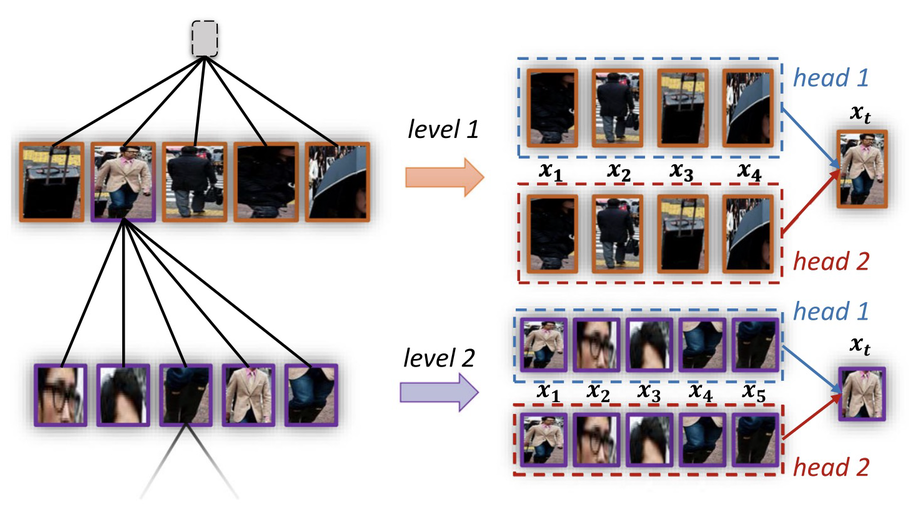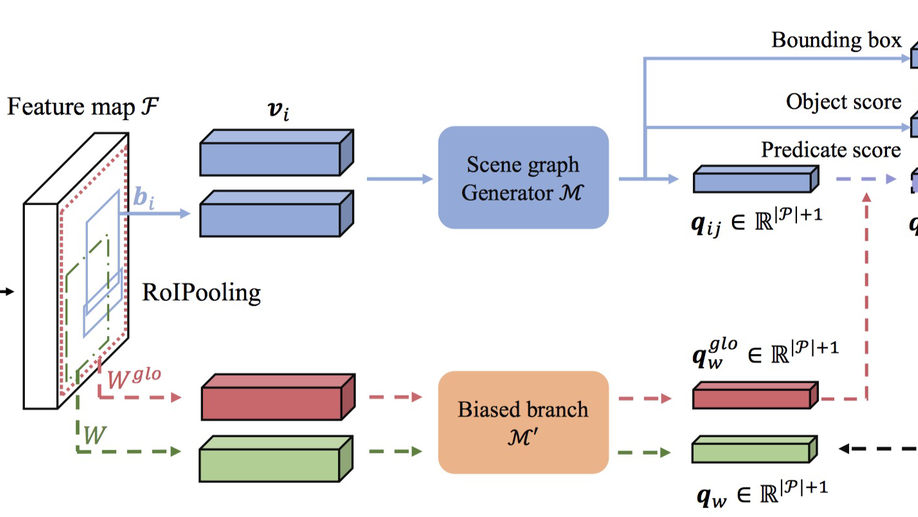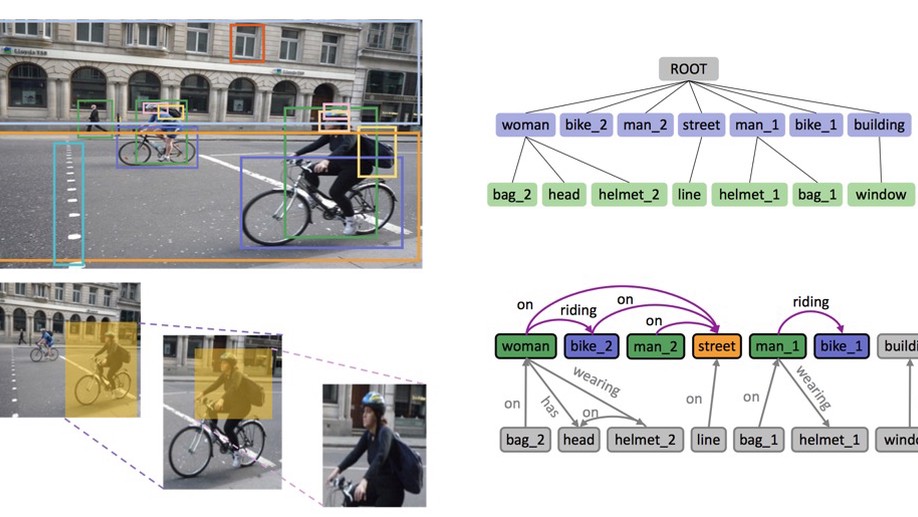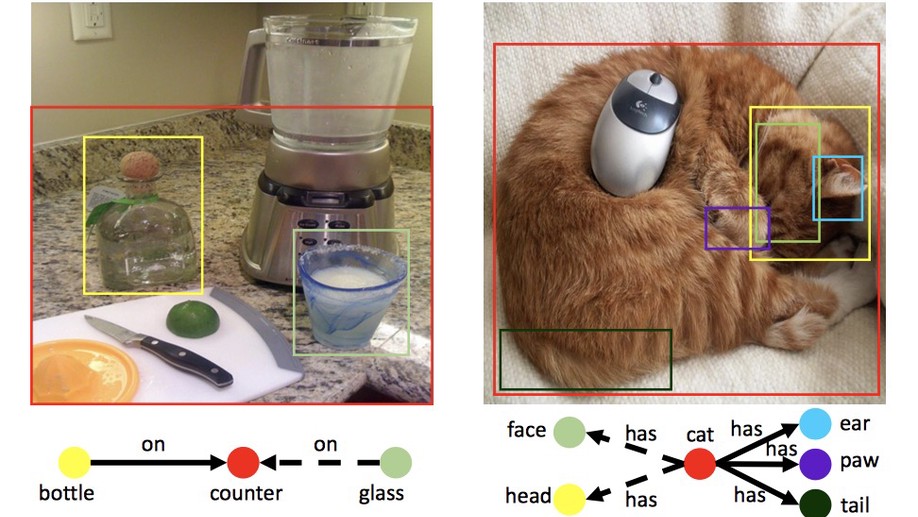Kenneth Wong
Senior Researcher
Huawei Noah's Ark Lab
个人简介
王文彬(Kenneth Wong)目前是华为诺亚方舟实验室的研究员。他在中国科学院计算技术研究所智能信息处理重点实验室视觉研究组( VIPL )获得博士学位,指导老师为 陈熙霖 研究员和 王瑞平 研究员. 他的研究方向包括但不限于2D/3D场景理解、物体检测、场景图生成以及图像标题生成。在此之前(2013-2017),他在 南开大学计算机与控制工程学院 获得工程学士学位(计算机科学与技术专业)。
下载我的 简历.
“Those times when you get up early and you work hard; those times when you stay up late and you work hard; those times when don’t feel like working — you’re too tired, you don’t want to push yourself — but you do it anyway. That is actually the dream. That’s the dream.”
兴趣爱好
- 场景理解
- 物体检测
- 视觉和语言
教育经历
-
博士研究生,计算机视觉方向, 2017 - 2022
中国,北京市,中国科学院计算技术研究所
-
本科生,工学学士学位(计算机科学与技术), 2013 - 2017
中国,天津市,南开大学






